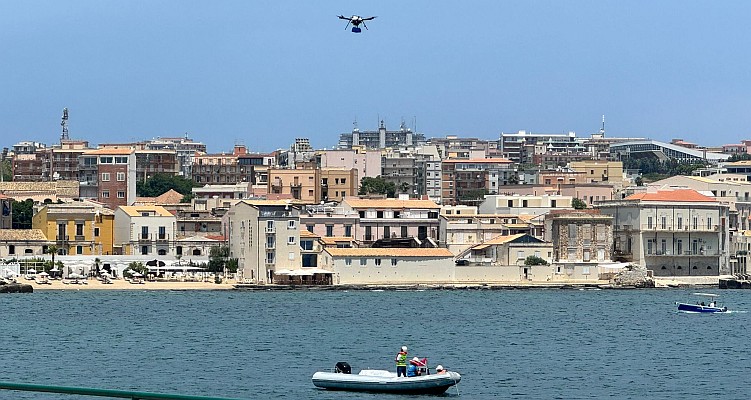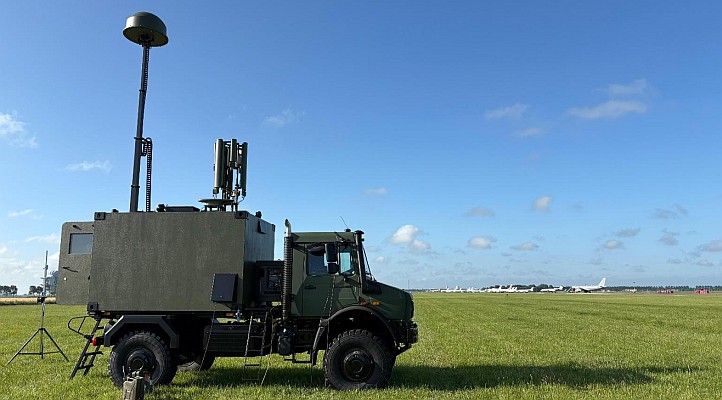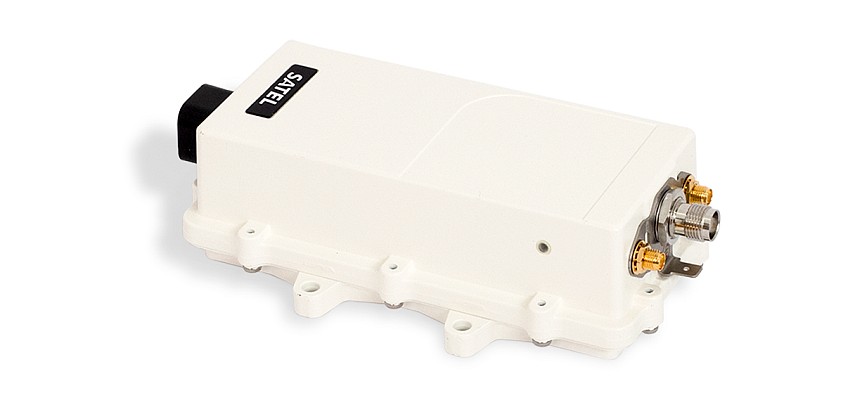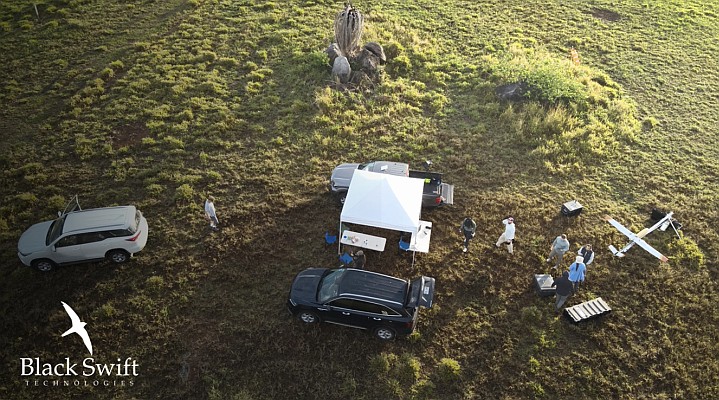 Between now and December 31st, the local Brasília community will be working together with people from across the world to make their city one of the best mapped. Mapillary is running a combined challenge of image capture and map editing to support updating the map of Brasília with a particular focus on road attributes and points of interest. Map features are being edited on OpenStreetMap based on data contained in the collected street-level imagery. This is the first time that such a combined challenge is held for mobilising both the local and global communities to fulfil specific mapping goals.
Between now and December 31st, the local Brasília community will be working together with people from across the world to make their city one of the best mapped. Mapillary is running a combined challenge of image capture and map editing to support updating the map of Brasília with a particular focus on road attributes and points of interest. Map features are being edited on OpenStreetMap based on data contained in the collected street-level imagery. This is the first time that such a combined challenge is held for mobilising both the local and global communities to fulfil specific mapping goals.
Mapillary is a collaborative platform that allows people to visualise the world with street-level imagery. Imagery is contributed from a wide array of sources including individuals, governments, humanitarian agencies, and mapping companies. The imagery is then processed by Mapillary to extract map data such as speed limits, turn restrictions, bike lanes, and the amount of vegetation in an area. For these reasons, it has become a popular tool in the OpenStreetMap community, an open-source project that relies on volunteer editors to create a map of the world.
OpenStreetMap editors rely on their local knowledge, satellite imagery, and street-level imagery, among other things, to be able to make verifiable edits to the map. The fresher this data, the more confident they can be that their contributions are up to date. Mapillary has thus become a key data source, allowing people to contribute their own imagery and access it in OpenStreetMap editing tools alongside Mapillary’s object detections. Street-level imagery allows anyone to load up a map editor and add this kind of data without needing to be at that location. It also means that those who are surveying an area can cover more ground, knowing that they can come back home, upload the imagery and add details they may have missed.
Over the past six months, Mapillary has been running a series of image capture challenges, known as #CompletetheMap, in cities around the world. The competitive element helps motivate people to “complete the map” with fresh Mapillary coverage. The benefit of this approach is that it helps to draw the community’s attention to a particular part of the city. This means that a lot of imagery can be captured in that particular area over a shorter period of time. Once the imagery has been uploaded, it becomes available for OpenStreetMap editing, allowing map editors to add more detail to the map.
Mapillary is currently running a joint challenge in Brasília that links the collection of imagery with map data being added to OpenStreetMap. Of particular focus are road characteristics such as the number of lanes, turn restrictions, the speed limit and the direction of travel, as well as points of interest such as restaurants, schools, healthcare clinics, and banks, museums, and shops.
Anyone in Brasília with a smartphone can contribute to the capture challenge by downloading the Mapillary app and taking photos of the streets they travel, then upload the images over wifi. The map edit task, on the other hand, is open to anyone around the world, as using street-level imagery as a reference for map edits enables remote mapping—making it possible for many more mappers to join in and add specific details to maps, compared to the traditional method of going on the site.
In just a few weeks, local contributors have already helped to contribute over 44,000 images and 42 km of coverage.







